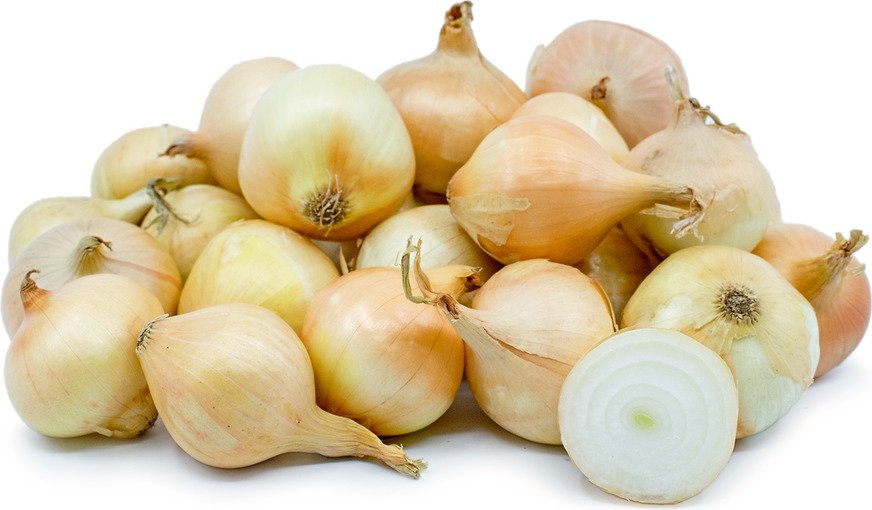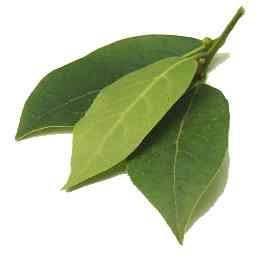Chef's Level
Beef Stock #2
Ingredients:
| Qty | Unit | Ingredient | ||
|---|---|---|---|---|
| 2 | tablespoons | Vegetable Oil |
Vegetable Oil
Vegetable oil, pronounced 'VEJ-tuh-buhl oil', is a staple in many kitchens, made from the extraction or chemical treatment of seeds and other plant parts. It's a neutral-flavored oil used for cooking, frying, and
Read more...
|
|
| 6 | pounds | Beef Bones | ||
| 2 | medium | Onions |
The Onion is a member of the Allium family of plants and is a close relative of garlic, scallions, leeks and chives. Onions are considered root vegetables because they grow below the surface
Read more...
|
|
| 2 | large | Carrots |
Carrots, pronounced KAR-uts, are a root vegetable known for their vibrant orange color, although they can also be found in purple, yellow, white, and red varieties.
Read more...
Crunchy, sweet, and highly nutritious, carrots are used |
|
| 2 | stalks | Celery |
Celery is a crunchy, fibrous vegetable with a distinctive, slightly bitter taste, often used in salads, soups, and as a flavoring base in cooking.
Read more...
It's a staple in many kitchens, is known for its |
|
| 4 | cloves | Garlic |
Garlic is a mighty ingredient that adds depth and flavor to a wide range of dishes. Whether you're tossing it into a pasta sauce, roasting it to spread on bread, or using it
Read more...
|
|
| 1 | bunch | Parsley |
Parsley - pronounced 'PAR-slee' is a bright green, leafy herb that's widely used in cooking and as a garnish. It's known for its fresh, slightly peppery flavor and is one of the most
Read more...
|
|
| 2 | cups | Leeks | ||
| 2 | cups | Water |
Water, the essence of life, is a transparent, tasteless, and odorless liquid that covers about 71% of the Earth's surface. Its neutral flavor allows other ingredients to shine while enhancing the overall texture
Read more...
|
|
| 2 | medium | Tomatoes | ||
| 1/2 | teaspoon | Thyme |
Thyme - pronounced 'time' is a small, aromatic herb. It comes from the Thymus genus, which is part of the mint family. Thyme is known for its tiny, green leaves and woody stems.
Read more...
It |
|
| 2 | whole | Bay Leaves |
Bay leaves are oval in shape, measuring about 2 inches to 4 inches in length and tapered to a slender point. These short stemmed, dark green leaves are smooth with a glossy sheen
Read more...
|
|
| 1 | whole | Cloves |
Cloves are aromatic flower buds used in cooking for their intense flavor but also have medicinal, dental, and aromatic applications.
Read more...
Rich in antioxidants, they're valued in traditional medicine for their antiseptic properties and are |
|
| 1 | teaspoon | Salt |
Salt, pronounced 'sawlt', is a finely ground mineral primarily composed of sodium chloride. It is the most common type of salt used in everyday cooking and seasoning.
Read more...
Above and beyond its basic uses, table |
|
| 8 | whole | Peppercorns |
| Prep Time | Process Time | Overall Time |
|---|---|---|
| 1 Hour 10 Minutes | 6 Hours 30 Minutes | 7 hours 40 minutes |
Directions:
Preheat oven to 450°F / 230°C / Gas Mark 8
- Roughly chop the onions, carrots, celery, garlic, parsley and tomatoes. Set aside.
- Cut the leek in half, lengthwise, wash well, and roughly chop. Set aside.
- No need to peel anything, the vegetables will be discarded in the end.
1. Put the oil and beef bones in a roasting pan and roast in a preheated 450°F oven for 35 minutes.
2. Add the onions, carrots, celery, garlic, parsley and leek, tossing them all to coat with the beef juices in the pan.
3. Roast for 30 minutes longer.
4. Remove the pan from the oven and transfer the bones and vegetables to a clean stock pot.
5. Drain off as much of the fat as possible and while the roasting pan is still hot, add 2 cups of cold water and scrape the bottom of the pan.
6. Add this to the stock pot. It's flavor goodness.
7. Cover the contents of the stock pot with cold water. On medium-high heat, bring slowly to a boil, skimming off all of the froth that forms.
8. Lower the heat to medium and add tomatoes, thyme, bay leaves, cloves, salt and peppercorns.
9. Simmer uncovered for 6 to 8 hours adding water as needed, just enough to cover the ingredients. Skim whenever necessary.
10. Strain the liquid into a large bowl through a colander lined with a double layer of dampened cheesecloth.
11. Gently press the solids to extract all of the liquid. Discard the solids, they have served their purpose.
12. Pour the stock into containers for storage. Be sure to label and date them.
13. The stock will keep in the refrigerator for up to 3 days, and up to 6 months in the freezer.
Submitted by Alice J. | January 23rd, 2024 See all of Alice J.'s Recipes.
Filed Under:
- Miscellaneous
- Beef
- Beef Bones
- Multiple Methods
- Expert
- Everyday
- Stock
- Made with 15 Ingredients
- Comments
Tested and True
Preserve your cheese longer by storing it in an airtight container with a few sugar cubes. This simple trick prevents molding, extending the cheese's shelf life, and making sure its deliciousness for many more days to come. You'll be able to enjoy your cheeses for longer.
Tell me more...










